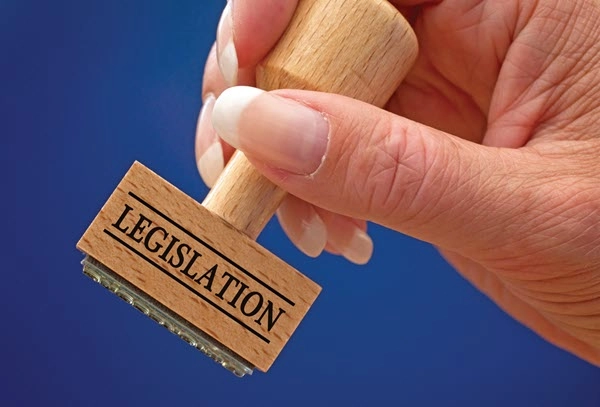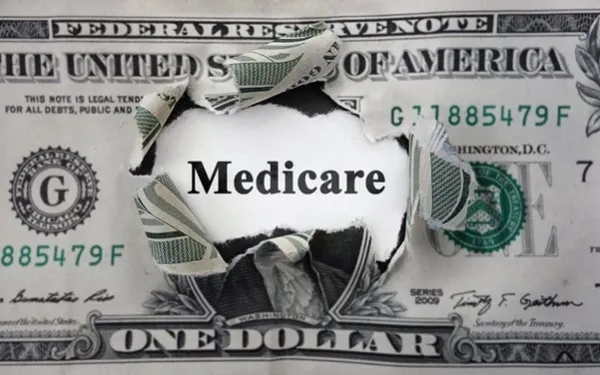Feds Rescue Medicare Providers from Massive Pay Cuts
Start with 3% CF increase for 2022. With two years of COVID hits to healthcare providers’ bottom line, Congress acted at the close of 2021 to offset some impending 2022 Medicare pay cuts. Details: On Dec. 10, 2021, President Biden signed the Protecting Medicare and American Farmers from Sequester Cuts Act into law, overriding scheduled payment reductions outlined in the Medicare Physician Fee Schedule (MPFS) final rule. Industry organizations expressed glee over the congressional changes because without the updates and support, many providers would be forced to tighten their belts with the bleak reimbursement prospects. The top policy turnarounds included changes to the Medicare payment adjustment sequestration and the 2022 MPFS conversion factor (CF). Know These 4 Critical Updates After the Centers for Medicare & Medicaid Services (CMS) released the calendar year (CY) 2022 MPFS in November 2021, a general outcry arose over the $1.30 decrease to the CF, dropping it from $34.89 to $33.59. Plus, as the 3.75-percent increase to the CF mandated by the Consolidated Appropriations Act, 2021 (CAA) was set to expire, provider groups voiced concerns over the payment cuts with COVID expected to fiscally hurt practices again in 2022. Congress moved swiftly to alleviate outrage over the CF decrease and to also address other payment issues industry groups had advocated about over the last few months. Here’s a breakdown of the four actions you should add to your 2022 Medicare reimbursement checklist: 1. 2022 MPFS conversion factor: Congress increased the rate for 2022 by 3 percent, according to the legislation, to 34.6062. Reminder: Simply put, the CF is a critical part of the resource-based relative value scale (RBRVS), the complex formula CMS uses to establish payment for services. CMS uses relative value units (RVUs) for services based on the work, practice expense (PE), and malpractice insurance (MP) involved. They are then “adjusted by geographic practice cost indices (GPCI) to reflect the variations in the costs of furnishing the services,” CMS reminds in guidance. Then everything is multiplied by a final multiplier — the CF — to produce a dollar value using the following formula: Payment = [(RVU work × GPCI work) + (RVU PE × GPCI PE) + (RVU MP × GPCI MP)] × conversion factor (CF). The American Medical Association (AMA) lobbied Congress from the get-go on this change. “The wheels of Congress don’t always move quickly, but today they did move toward preserving the viability of physician practices and maintaining access to care,” cheers AMA President Gerald E. Harmon, MD, in a release. 2. Medicare sequestration: The Budget Control Act, which originated in 2011, mandates annual sequestration updates, explains attorney John Gardner Armsby and senior government relations advisor Allison Kassir with King & Spalding LLC in online analysis. “The 2 percent sequestration cut that would apply to all Medicare rates beginning Jan. 1, 2022 is postponed until April 1, 2022. Sequestration cuts for the period from April 1, 2022 through June 30, 2022 are reduced from 2 percent to 1 percent,” relate Gardner Armsby and Kassir. 3. PAYGO sequestration: Medicare sequestration decreases under the statutory Pay-As-You-Go (PAYGO) policy are delayed until 2023, the legislation indicates. Nixing the 4-percent PAYGO cut “removes the uncertainty these cuts were creating for our nation’s caregivers,” says Rick Pollack, American Hospital Association (AHA) President and CEO in a statement on the Act. 4. Clinical labs: The feds pushed out the Medicare Clinical Lab Fee Schedule (CLFS) rate reductions until 2023, the legislation states. Plus, “requirements for certain hospital laboratories to report private payor data are also delayed until 2023,” note Gardner Armsby and Kassir. Now: The “next data reporting period is Jan. 1 – March 31, 2023” while the “reporting is based on the original data collection period, Jan. 1 – June 30, 2019,” points out an MLN Connect post from Dec. 16, 2021. Resource: Review the law at www.congress.gov/117/plaws/publ71/PLAW-117publ71.pdf.





